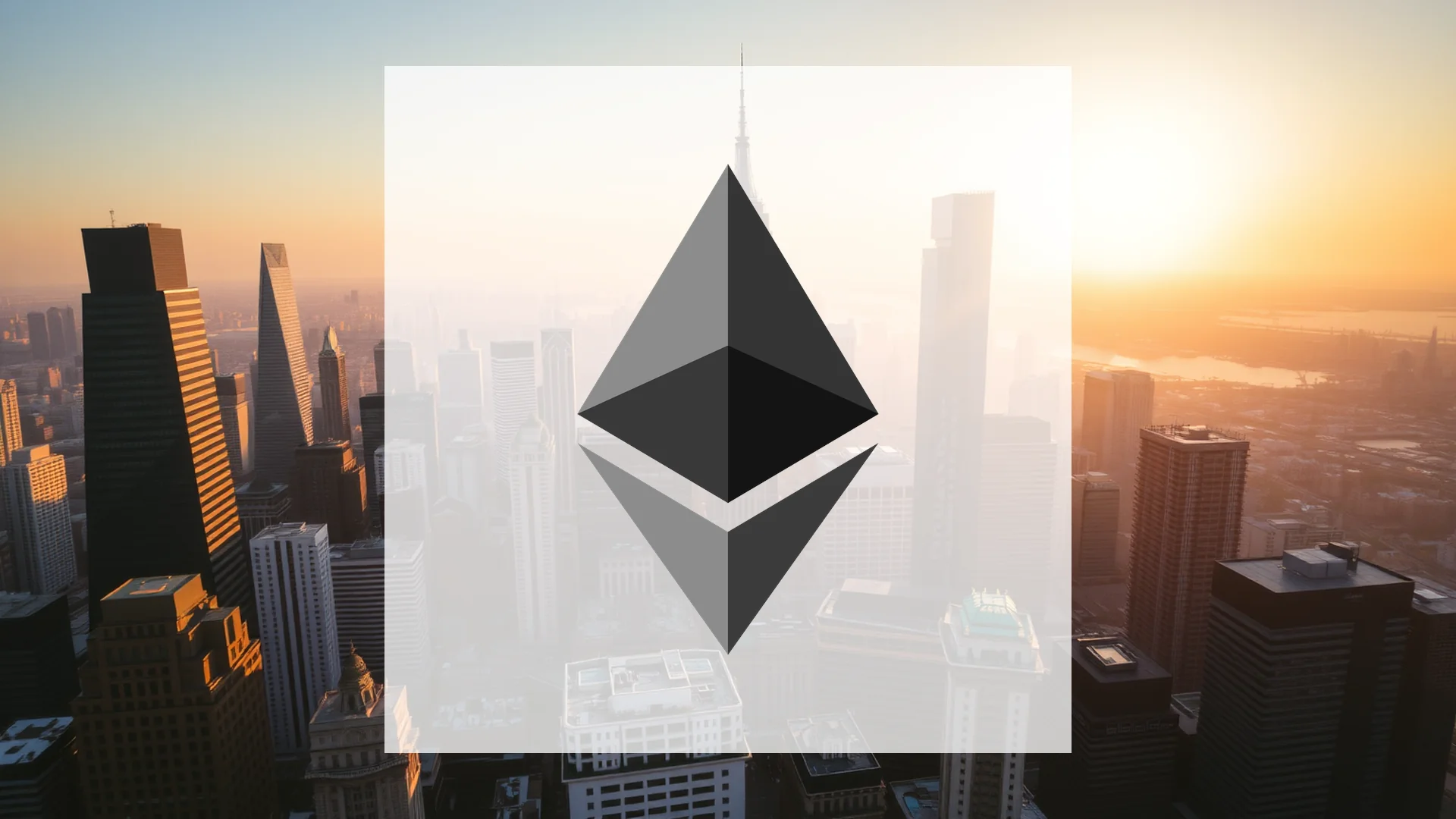Investors in Erasca, Inc. are grappling with a classic biotech dilemma: promising science versus a painfully long wait for clinical data. This conflict came into sharp focus following a significant analyst downgrade that sent the company’s shares lower, despite the announcement of concrete operational progress and a solid financial position.
The catalyst for the recent sell-off was a decisive move by Morgan Stanley. The investment bank shifted its rating on Erasca from “Overweight” to “Hold” and, in a more dramatic step, slashed its price target by 50%, from $4.00 to $2.00. Analyst Sean Laaman cited delayed data timelines for key drug candidates and a strategic reassessment of the Naporafenib program as the core reasons for this substantially more cautious outlook. The market’s reaction was immediate, with the stock continuing its recent downward trajectory.
This negative sentiment stands in contrast to the company’s reported financial health. A review of the latest quarterly figures reveals a significantly improved burn rate. Erasca managed to more than halve its net loss, which fell to $33.9 million from $63.2 million in the prior-year period. This reduction was driven primarily by decreased spending on research and development (R&D) and lower general administrative expenses. Crucially, the company holds a substantial cash reserve of $386.7 million, providing an operational runway that extends well into the second half of 2028.
Should investors sell immediately? Or is it worth buying Erasca?
On the clinical front, Erasca has achieved notable regulatory milestones. The U.S. Food and Drug Administration (FDA) has granted clearance for clinical trials of two promising drug candidates, ERAS-0015 and ERAS-4001. Both assets are designed to target common cancer mutations and have already entered Phase 1 studies.
However, this progress introduces the central challenge for near-term investors. Initial clinical data from these monotherapy trials are not anticipated until 2026. For the market, which often operates on a much shorter time horizon, a two-year wait represents a significant period of uncertainty. In parallel, the company is actively seeking partnership opportunities for Naporafenib, with Phase 3 data for that compound expected before the end of this year.
The situation presents a clear crossroads for shareholders. The fundamental question is whether the stock’s weakness is an overreaction driven by market impatience or a rational repricing based on the extended timelines that reveal deeper strategic risks. While Erasca’s financial endurance is not in question and its scientific approach remains sound, in the high-stakes biotech sector, a prolonged wait for data can feel like an eternity.
Ad
Erasca Stock: Buy or Sell?! New Erasca Analysis from November 19 delivers the answer:
The latest Erasca figures speak for themselves: Urgent action needed for Erasca investors. Is it worth buying or should you sell? Find out what to do now in the current free analysis from November 19.
Erasca: Buy or sell? Read more here...













